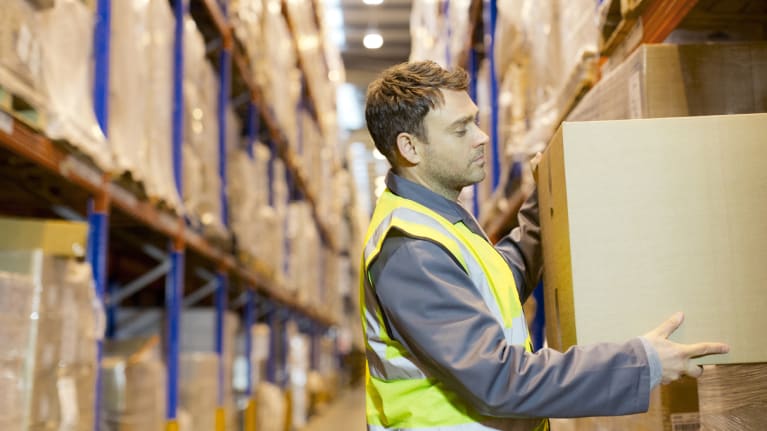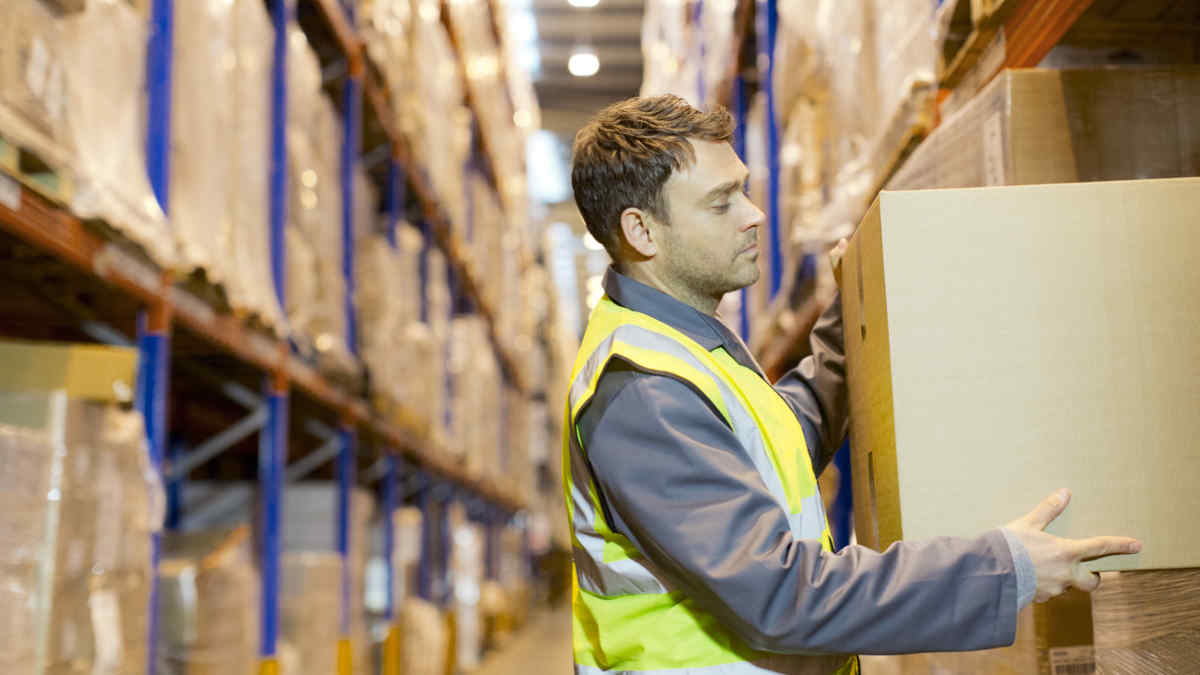

?Working conditions are unsafe for workers at three Amazon warehouses, according to the U.S. Occupational Safety and Health Administration (OSHA). The agency sent citations to the giant e-commerce corporation on Jan. 17, and the company said it will contest the citations. OSHA is also conducting investigations at three other Amazon worksites.
Debbie Berkowitz, a fellow at Georgetown University’s Kalmanovitz Initiative for Labor and the Working Poor in Washington, D.C., called the OSHA citations “incredibly significant, unprecedented and historic” because of the level of agency resources devoted to the investigation.
Background
OSHA cited Amazon for ergonomic hazards after inspections at three warehouse facilities in Deltona, Fla.; Waukegan, Ill.; and New Windsor, N.Y. Similar investigations are ongoing at Amazon worksites in Aurora, Colo.; Nampa, Idaho; and Castleton, N.Y. “Workers face immense pressure to meet the pace of work and production quotas at the risk of sustaining musculoskeletal injuries, which are often acute,” OSHA said in a hazard alert sent to Amazon.
OSHA investigators concluded Amazon warehouse workers were at high risk for lower back injuries and other musculoskeletal disorders related to the heaviness of packages; the high frequency with which they must lift packages; moves like twisting, bending and long reaches while lifting; and long hours required to complete assigned tasks. The agency said Amazon warehouse workers experienced high rates of musculoskeletal injuries.
Most of the citations were based on the general duty clause of the Occupational Safety and Health Act, which requires employers to provide a workplace free from recognized hazards that are likely to cause death or serious physical harm to workers. The Florida warehouse also received a citation for struck-by hazards, meaning situations where a worker could be struck by an object, tool or equipment. Amazon workers in Florida were exposed to heat-related hazards, too, OSHA said. Amazon faces $60,269 in penalties for these violations.
“Each of these inspections found work processes that were designed for speed, but not safety, and they resulted in serious worker injuries,” said Assistant Secretary for Occupational Safety and Health Doug Parker. “While Amazon has developed impressive systems to make sure its customers’ orders are shipped efficiently and quickly, the company has failed to show the same level of commitment to protecting the safety and well-being of its workers.”
Amazon’s Response
Amazon has until Feb. 7 to comply, request an informal conference with OSHA’s area director, or contest these citations before the Occupational Safety and Health Review Commission. In December 2022, OSHA cited Amazon for 14 recordkeeping violations as part of the same investigation.
Amazon spokesperson Kelly Nantel said, “We take the safety and health of our employees very seriously, and we strongly disagree with these allegations and intend to appeal. We’ve cooperated fully, and the government’s allegations don’t reflect the reality of safety at our sites.
“Over the last several months, we’ve demonstrated the extent to which we work every day to mitigate risk and protect our people, and our publicly available data show we’ve reduced injury rates nearly 15 percent between 2019 and 2021,” she added. “The vast majority of our employees tell us they feel our workplace is safe. We look forward to sharing more during our appeal about the numerous safety innovations, process improvements and investments we’re making to further reduce injuries. We know there will always be ways for us to improve even further, and we will. We’ll never stop working to be safer for our employees.”
Worker Advocates
The hazards and injuries are not acceptable, and they are not unique, “but rather indicators of a system that the company is innovating around” to maximize speed, said Sheheryar Kaoosji, executive director of the nonprofit advocacy group Warehouse Worker Resource Center.
Jennifer Crane, an Amazon warehouse worker in Saint Peters, Mo., said, “They push us to work at unrealistic speeds. If I don’t meet my rates, I could be written up or terminated.” She said she gets two 30-minute breaks in a 10-hour shift and is expected to lift 70 boxes per hour. “Our bodies need more breaks. If you sit down, you get in trouble,” she said.
OSHA’s citations for the three warehouses “are very well-grounded,” based on medical evidence and facts, Berkowitz said.
“These citations show it’s not the workers’ fault. The work is designed in such a way that you can’t work safely.”

